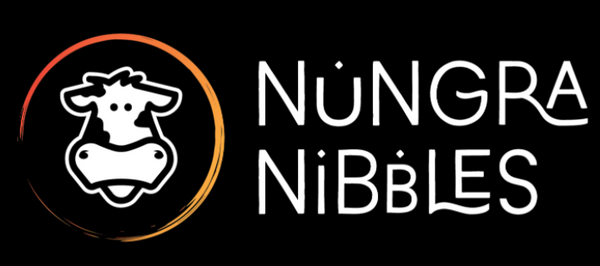
White Spots on Biltong: Safe to Eat or a Sign of Mould?
Noticed white spots on your biltong and worried it might be unsafe? You’re not alone. Many biltong lovers ask the same question: is it mould or just salt?
The truth is, most white spots are completely harmless—but sometimes they can be a red flag. Here’s how to tell the difference.
The Harmless Causes of White Spots
1. Salt Crystals
Salt is essential in the biltong-making process. As the meat dries, salt can dissolve in the moisture and re-crystallise on the surface.
How to spot salt crystals:
· Shiny, sparkly, or crystalline.
· Appear evenly across the surface.
· Wipe away easily with a damp cloth or vinegar.
· Completely safe to eat.
2. Tyrosine Crystals
Tyrosine is an amino acid that crystallises as protein breaks down during drying. This is also seen on other cured meats like prosciutto.
How to spot tyrosine:
· White and powdery.
· Slightly grainy texture.
· Wipes off easily.
· Harmless and safe.
3. Fat Deposits
Some white spots are just fat solidifying on the meat as it cools.
How to spot fat deposits:
· Solid, waxy appearance.
· Found near marbled fat in the cut.
· Safe to eat (though some prefer trimming it off).
The Dangerous Cause: Mould
Unlike salt, fat, or tyrosine, mould is unsafe and should not be eaten.
How to identify mould on biltong:
· Fuzzy, furry, or slimy texture.
· Starts white but can turn green, black, or blue.
· Appears in clusters or patches.
· Strong sour or unpleasant smell.
· Does not wipe away easily.
👉 If you’re unsure, throw it out. Eating mouldy meat can cause food poisoning.
What to Do If You Suspect Mould
According to biltong experts:
1. Check the extent – If it’s a tiny spot, trim it away plus a margin around it.
2. Discard if necessary – If it’s widespread, slimy, or smells off, bin the whole batch.
3. Don’t risk it – Your health is worth more than a bag of biltong.
How to Prevent Mould on Biltong
Proper preparation, drying, and storage reduce the chance of mould:
· Dry biltong in a well-ventilated space.
· Store in paper bags or breathable containers—avoid sealing airtight.
· Use a fan for airflow during drying.
· Control humidity with a dehumidifier in damp weather.
· Maintain strict hygiene during preparation.
Quick Comparison: White Spots on Biltong
|
Cause |
Appearance |
Safe to Eat? |
Wipes Away? |
|
Salt |
Shiny, crystalline |
✅ Yes |
✅ Easily |
|
Tyrosine |
Powdery, grainy |
✅ Yes |
✅ Easily |
|
Fat |
Waxy, solid |
✅ Yes |
❌ Not usually |
|
Mould |
Fuzzy, furry, smelly |
❌ No |
❌ Not easily |
FAQ: White Spots on Biltong
Q: Are white spots on biltong mould?
Not always. Most white spots are harmless salt, fat, or tyrosine crystals. Mould looks fuzzy and smells bad.
Q: Can I eat biltong with white powder on it?
Yes—if it’s salt or tyrosine, it’s safe. If it’s mould (fuzzy, slimy, or smelly), discard it.
Q: How do I store biltong to avoid mould?
Keep it in a paper bag or breathable container in a cool, dry place. Avoid airtight plastic unless frozen.
Final Word
White spots on biltong are usually nothing to worry about—just a sign of natural drying. Salt, fat, and tyrosine crystals are safe and common. But if the spots look fuzzy, smell bad, or don’t wipe away, it’s mould—and that means it’s time to throw it out.
By understanding the difference, you can snack with confidence and enjoy your biltong the way it’s meant to be.
